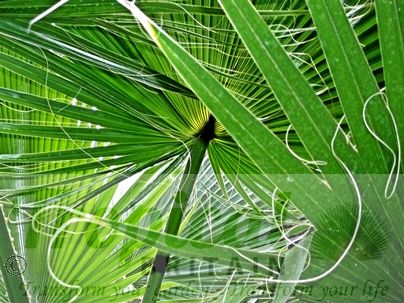Washingtonia robusta
Washingtonia robusta, the Skyduster, is native to Northwestern Mexico but rather rare in the wild and is found in very limited lictual populations in Baja California, significantly around Catavina and in western Sonora along the coast north of Guaymas in the Sierra El Aguaje vicinity including the upper parts of Canón del Nacapule and in some of the sea-facing canyons and oases in mountains along the coast northwest of Bahía San Carlos including La Heurta (Ojo de Agua) and along the water flows of the canyon systems of Los Anegados and Canón Las Barajitas. A botanical remnant from a time when this very hot xeric region was much wetter it is always found close to water sources. In cultivation, however, it is one of the most widely planted palms in the world and although not native to California its tall skydusting palm silhouette is a famous icon for Southern California and Hollywood after it was introduced there in the early 1930's as part of a massive municiple project conceived by L. Glenn Hall, the first forestry chief for Los Angeles and designed to get the unemployed of the city back to work during the early years of the Great Depression. Warren Jones, who was one of the great founding fathers of desert and xeric landscape architecture, said that Washingtonia robusta was the Sonoran Desert's greatest contribution to ornamental horticulture.
A stylish and elegant palm in the conservatory in a large planter, Washingtonia robusta represents a challenge to grow outdoors in the UK and a certain amount of skill and not a little good luck is required to nurture this wonderful fast-growing palm through successive winters. Although it is cold tolerant and will handle frost down to -6 C it is not a plant that can be simply put in the ground, forgotten about and then think it will survive. The first thing to do is let it grow in a container, allowing it to toughen up in a terracotta planter over the growing seasons until it finally becomes too large for you to overwinter in the conservatory or greenhouse. It should then be planted in its final outdoor location in Spring after the last frosts and the ground has warmed up. The next considerations are location and aspect. If you live in a southern urban location or a frost-free coastal environment you have got a crucial head-start. Indeed - if the truth be told - such a location is probably a necessity. In terms of aspect, Washingtonia robusta needs to be south-facing: in a warm sheltered spot, ideally in the lee of - but not too close to - a brick or masonary exterior wall (not a house wall) where it can take advantage of radiated heat. The next important consideration is drainage: this is a desert plant - it likes good drainage. A raised mound of gritty gravelly rubble with added limestone for it to sit on will ensure it doesn't get too waterlogged in the British winter ... and, just as importantly, a wet British summer - although if the drainage is right it appreciates regular waterings to keep it moving. While it is still small it makes sense to keep it covered in fleece on the winter nights that go below about -3C or -4C. If you can construct a rain shelter for it while its small enough so much the better. During seriously cold weather anything at all to protect its growing point should be wrapped around it: extra fleece, old blankets, old sacks, old jumpers, burlap, hessian, towels, carpet, netting ... whatever you've got - protect it! A large roll of fleece will allow you to cover large plants and can be weighted down with slabs or bricks to hold it in place. The fronds of Washingtonia robusta are easily and noticably burnt by severe frost but once it pulls through into the Spring months, growth is rapid and any dead leaves can be trimmed off. It is probably one of the fastest-growing palm trees in the world even in cool weather but for it to really shoot up, it likes heat during the summer months.
Washingtonia robusta is a challenge but if you live in a favourable location it is a challenge that can be extremely rewarding. Success with this palm in these latitudes is quite an accomplishment and one that I hope more and more exotic gardeners rise to.
Strong sturdy plants
Additional Information
| Order | Arecales |
|---|---|
| Family | Arecaceae |
| Sub-Family | Coryphoideae, (Tribe) Corypheae |
| Synonyms | Neowashingtonia robusta, Neowashingtonia sonorae, Washingtonia gracilis, Washingtonia robusta var. gracilis, Washingtonia sonorae |
| Geographical Origin | Northwestern Mexico in limited populations in Baja California and Sonora |
| Cultivation | Full sun, sheltered aspect. Good drainage, alkaline gritty soil and extra winter protection |
| Eventual Height | 30m in its native habitat : the largest in the UK are currently about 6m |
| Eventual Spread | 2-3 m |
| Hardiness | Not fully hardy in the UK it will manage temperatures to -6C but needs care and extra protection through the winter months |

Free DELIVERY
ON ALL ORDERS OVER £99THIS OFFER IS VALID ON ALL OUR STORE ITEMS.








